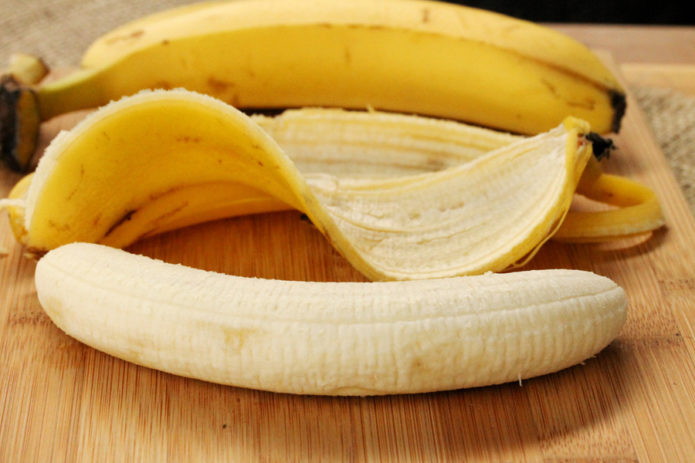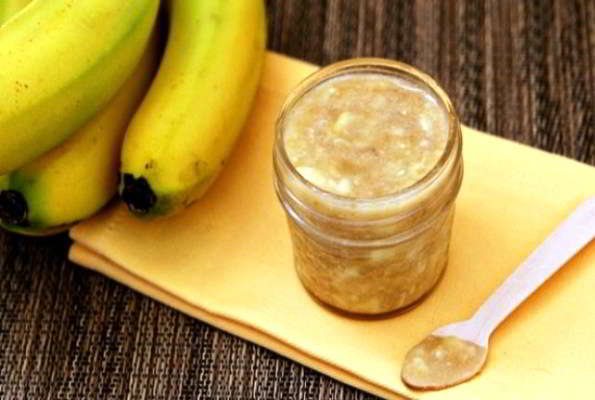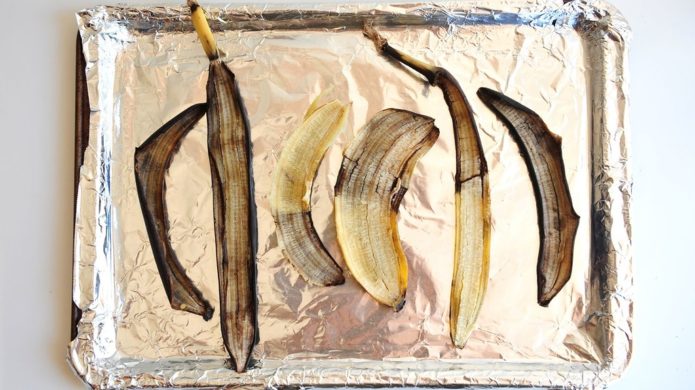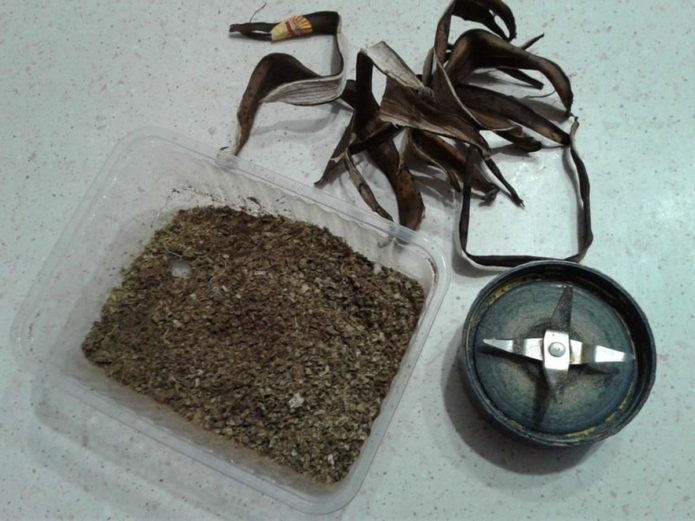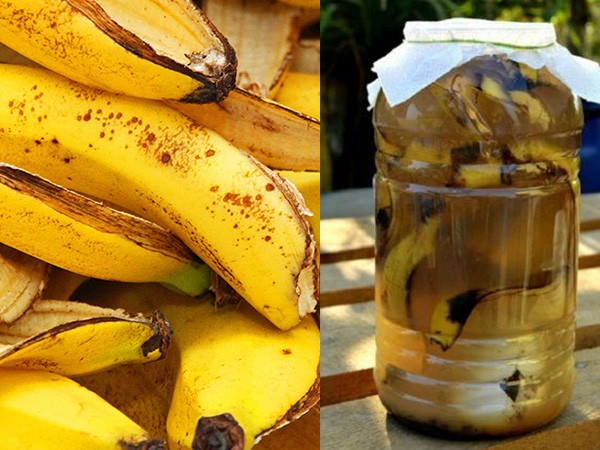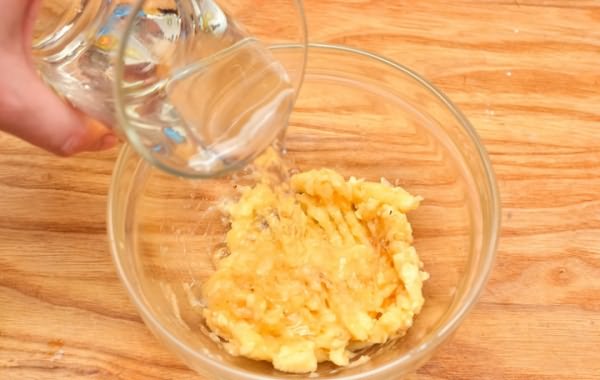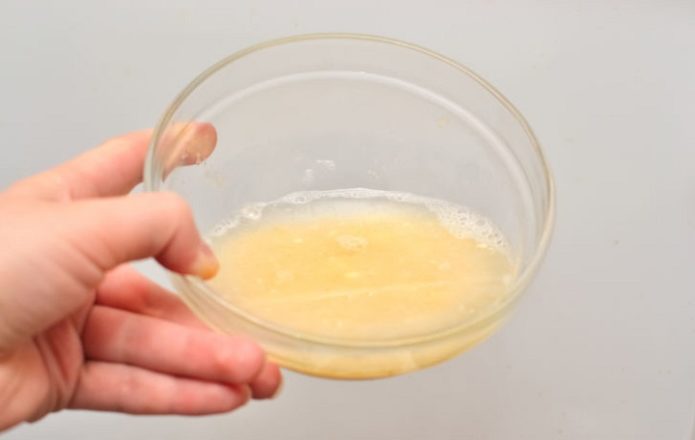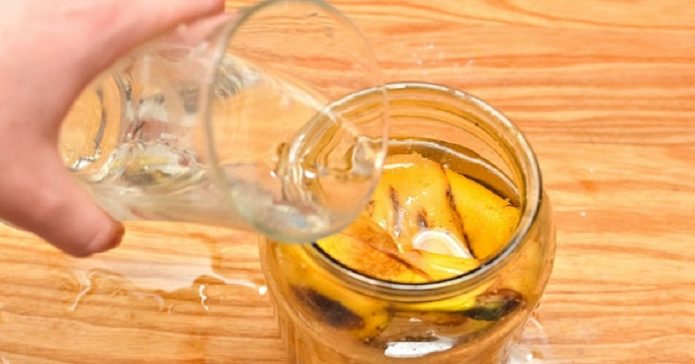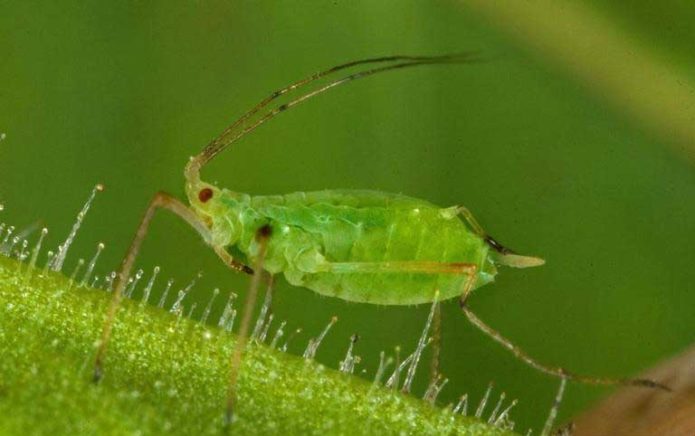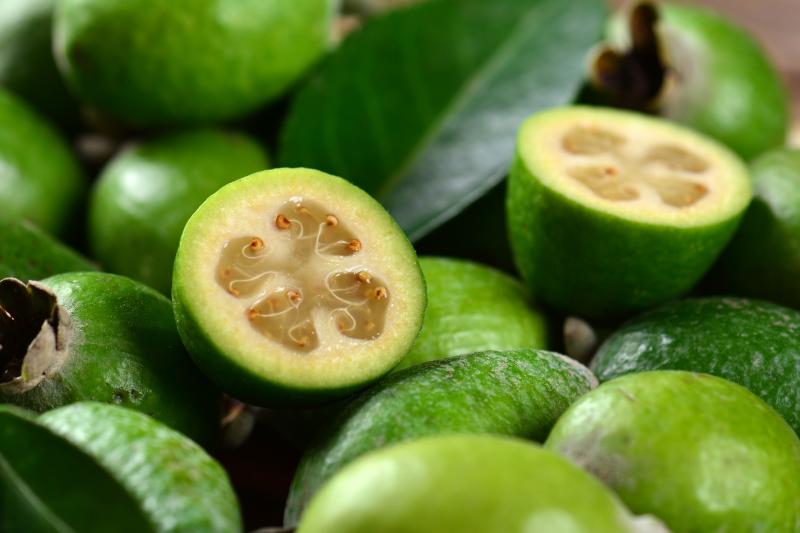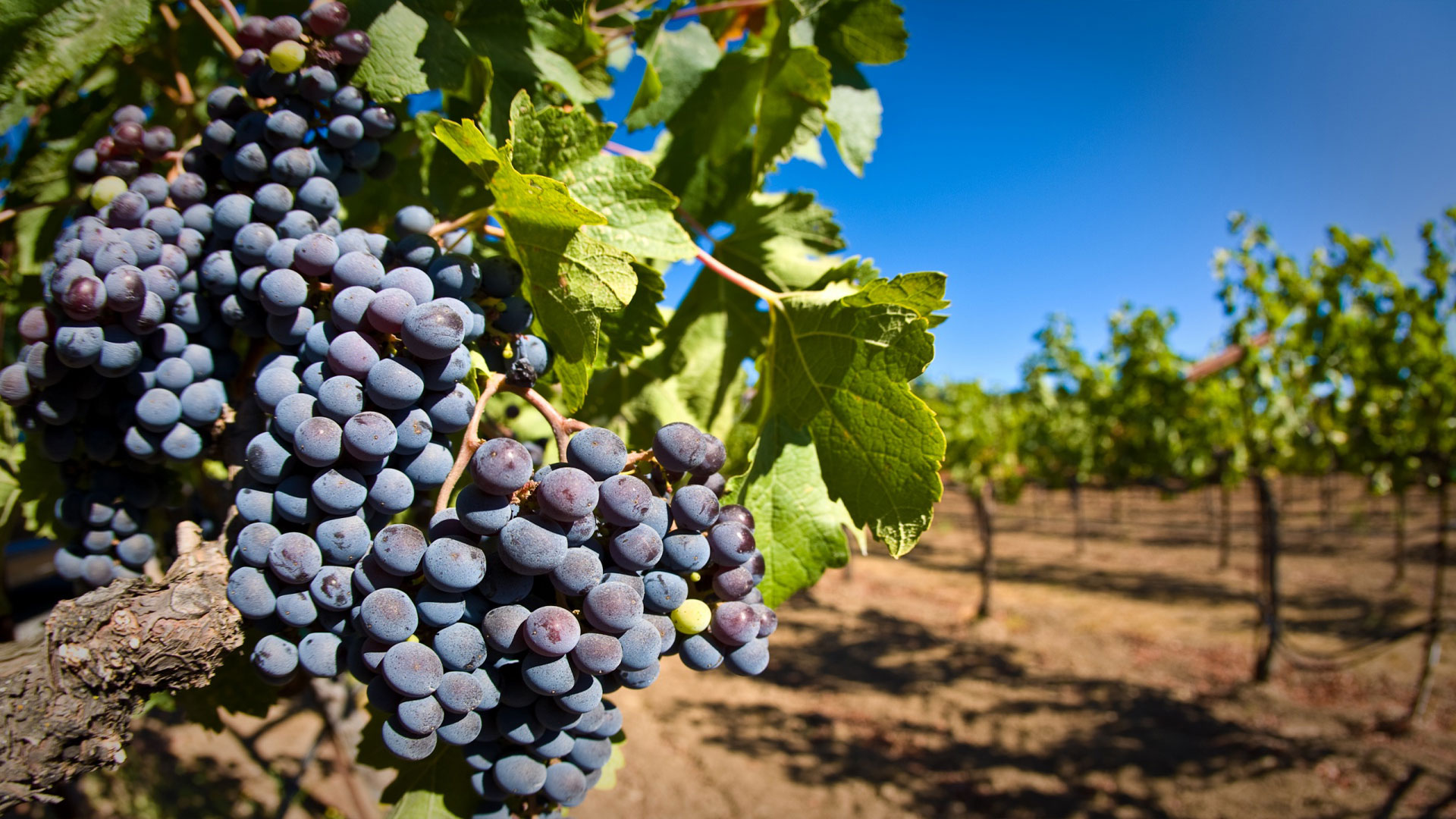For indoor plants, regular feeding is especially important for full development and beautiful flowering. Usually, flower growers use ready-made complex fertilizers, which contain all the necessary minerals. Banana skins, which are usually thrown away, will become a complete replacement for them. In fact, banana peel as a fertilizer for indoor plants is a healthy and sustainable product. The main thing is to properly prepare and apply it.
Content
Pros and cons of using banana peels in floriculture
The peel of the fruit is a popular food for indoor and garden plants. This is due to a number of its useful properties:
- saturates the soil with necessary micro and macro elements, heals its microflora;
- promotes intensive growth and flowering of plants;
- increases resistance to various diseases;
- counteracts damage to flowers by pests.
Banana skins andabound in potassium, phosphorus, nitrogen and magnesium... Therefore, the peel can be replaced with factory-made potash-phosphorus mixtures. Seedlings from such feeding grows stronger.
Along with the many advantages of using banana fertilizers, there are also disadvantages. So, bananas arrive on store shelves from afar, having overcome a long way. In order to preserve their presentation, most importers subject the fruits to processing with various carcinogens. In small quantities, they are not harmful, but large dosages are dangerous for both humans and plants. In addition, before shipment, bananas are soaked in a solution of ammonium sulfate and chlorine to level out the milky juice. It doesn't add any benefit to the peel.
Bananas must first be washed with hot water, and only then peeled off.
Another disadvantage of banana feeding is an unpleasant smell and rapid rotting of the peel if it is scattered on the surface of the soil.
Which houseplants are suitable for banana feeding
Fresh banana skins are useful for fertilizing the following houseplants:
- roses;
- ferns;
- cacti;
- violets;
- begonia;
- cyclamens;
- Saintpaulia.
The processed peel is suitable for almost all indoor varieties, with the exception of bulbous specimens.
The introduction of banana additives on plants, the flowering of which occurs in the autumn-winter period, has a particularly beneficial effect. Thus, it is possible to compensate for the deficit in light, since the skins during decomposition release not only useful elements, but also heat.It is recommended to feed the flowers while the buds are being set, which guarantees abundant and longer flowering.
When natural fertilization is required
Indoor flowers are usually deficient in light and nutritional components, so they should be systematically fed. This prevents the plants from withering away.
Signs that signal the need for top dressing:
- growth retardation;
- leaves fade and wither;
- the stem is strongly stretched and thinned;
- prolonged absence of flowering;
- yellowing and discoloration of foliage.
In such situations, it is worth taking emergency measures so as not to lose the plants.
Raw material preparation methods and its application
Banana skins are used fresh as top dressing and harvested for future use in several ways:
- drying and powdering;
- toasting;
- preparation of decoctions and infusions;
- composting;
- freezing.
To use fresh banana peel, it is preliminarily cut into small pieces and laid during planting or transplanting flowers onto a drainage layer, followed by dusting with earth (direct contact of the roots with a banana additive will result in burns). This improves the structure of the soil. You can make a nutritious cocktail... To do this, grind the peel from one fruit with a glass of water in a blender until a uniform consistency is formed. The resulting product is mixed into the soil for flower pots 5-7 days before planting.
They also spread the peel on a baking sheet covered with food foil and place it in the oven. Set the temperature regime within 180˚С and fry the skins for about 40 minutes, until they turn black. They wait for their cooling and crumble or grind in a coffee grinder to a powdery state.
You can dry the skin on the battery for about 2-3 days or in the oven at a minimum temperature (15-20–C) and with the door ajar. And the skins are dried in the fresh air in hot weather. Only at the same time they cover them with tulle from flies. High-quality raw materials should be monochromatic. Powdered banana peels are sprinkled on the soil at the base of the flowers and watered abundantly.
For year-round use, banana peels are frozen in airtight containers or portioned bags.
Compost
Homeowners should recommend composting from banana waste. They act as follows:
- Chopped fresh banana skins are mixed in a bucket with garden soil in a 1: 1 ratio.
- Water with a small amount of liquid fertilizer "Baikal".
- After 3.5-4 weeks the contents of the bucket are mixed well and 1-2 skins and a little “Baikal” are added again.
- After 7–8 weeks, the compost saturated with trace elements is ready for use for its intended purpose.
Infusion and decoction
Another option for banana fertilizers is infusion. But because of the specific smell, it is desirable to use it for plants located on the balcony.
Required Ingredients:
- banana skins - 3-4 pcs .;
- boiled chilled water - 2.5-3 liters.
Cooking procedure:
- Peels are placed in a three-liter jar.
- Add water.
- Remove the container in a dark place for 2-3 days.
The resulting product is good for watering flowers and seedlings.
The infusion is not intended for storage, therefore it is used immediately.
For the broth, pour boiling water over one skin (250-350 ml) and put on fire. Keep the composition until boiling, remove and cool.
Stimulating spray
For external spraying of soil and plant crowns, it is effective to use a banana spray.
To prepare it you will need:
- dry chopped banana skins - 70-100 g;
- powdered eggshell - 2 tsp;
- magnesia - 1 tsp;
- water - 900 ml.
All bulk components are mixed with each other and filled with water. After a three-hour infusion, they start spraying the vegetation. You can water the flowers with this tool once every 7-9 days. The liquid is stored in a cool place, but slightly warmed up before use.
Plants cannot be treated with such a product under the influence of direct sunlight.
Table: dosage recommendations depending on the type of banana raw material
| Raw material type | Dosage per flowerpot | Application frequency |
| Natural skins and cocktail | The downside is that it is difficult to calculate the number of skins for their quick decomposition, so that there is no excess. To speed up the process, nitrogen fertilizers are added. Banana cocktail is made in 2 tbsp. l. into each pot and mix the soil | Whole skins - at the time of transplanting flowers, ground with water - once a month |
| Infusion or decoction | 50-60 ml is enough | Once a week, but violets can be fed 2 times |
| Dried or sun-dried peel | 2–3 tsp - for adult plants and no more than 2 tsp. - for young | Once every 7-8 days |
| Powder | 1 tsp | Monthly |
Video: preparing and using banana fertilizer
Combined formulations
There are many peel-based dressings, among which it is worth highlighting the complex ones. Here are some productive recipes:
- Banana peel and peel of oranges (lemons) are taken in a 1: 1 ratio. Put the mixture in a three-liter container by a third of the volume, add sugar (1 tbsp. L.) And add water to the neck. The liquid is insisted for 3–3.5 weeks, not forgetting to shake it periodically. Flowers are fed with this exotic fertilizer once a month, pre-diluted with water in a ratio of 1:20. Pour it in at the root.
- Banana infusion is combined with green tea in equal proportions. Such feeding helps to enhance plant growth. Replace her with one watering per week.
- Banana broth is added to the aqueous infusion of nettle in the same volume. It must be diluted by one third with clean water before use. Such fertilization is shown to plants once a month after the next watering.
Alternative fertilization from overripe banana pulp
Organics from overripe tropical fruits will be no less effective. Step-by-step instructions for preparing the product:
- The pulp of one banana is placed in a bowl, water (150-170 ml) is added and thoroughly kneaded with a fork or crush.
- The resulting gruel is poured into loosened soil in a flower pot.
- The remaining peel is poured with boiling water and insisted for 24 hours.
- Water the plant with infusion every other day.
The remnants of the peel are not thrown out of the jar, but fresh water is added daily.
How to use skins in pest control
Banana fertilizer can be used to control pests. The skins contain high concentrations of potassium, and aphids cannot tolerate it.
If the plant suffers from its invasion, then it is recommended to urgently prepare such a solution:
- Skins from three fruits are folded into a three-liter glass container and filled with water to the very top.
- Wait 4 days until the product is infused.
- The finished liquid is diluted with clean water (1: 1).
- Then this fertilizer is watered at the base.
To completely get rid of pests, it is enough to water the diseased flowers once a week. Additionally, fresh peel is buried in the ground, which will scare away aphids.
Tips for using tropical fruit
If you use banana dressings correctly, then the flowers in the house will always be healthy and luxuriantly blooming. Here are some professional tips for growers to consider:
- it is advisable to add fresh skins in a crushed state to the soil when planting roses and ferns;
- the inside of the peel can be wiped off the sheet plates and they will become glossy;
- for best results, banana powder is mixed with dried and ground grape shoots;
- begonia and cyclamen respond especially favorably to banana organics;
- cacti are fertilized exclusively in the summer and the standard dosage is halved.
Whether or not to use natural organic fertilizers is up to everyone to decide. In fact, the proposed banana top dressing options are considered safe and economical. And it is not difficult to prepare various products from banana peels at home, especially since the raw materials are available all year round.
